All Posts > Leafy Greens > Perennials > Plant Profiles > Vegetables
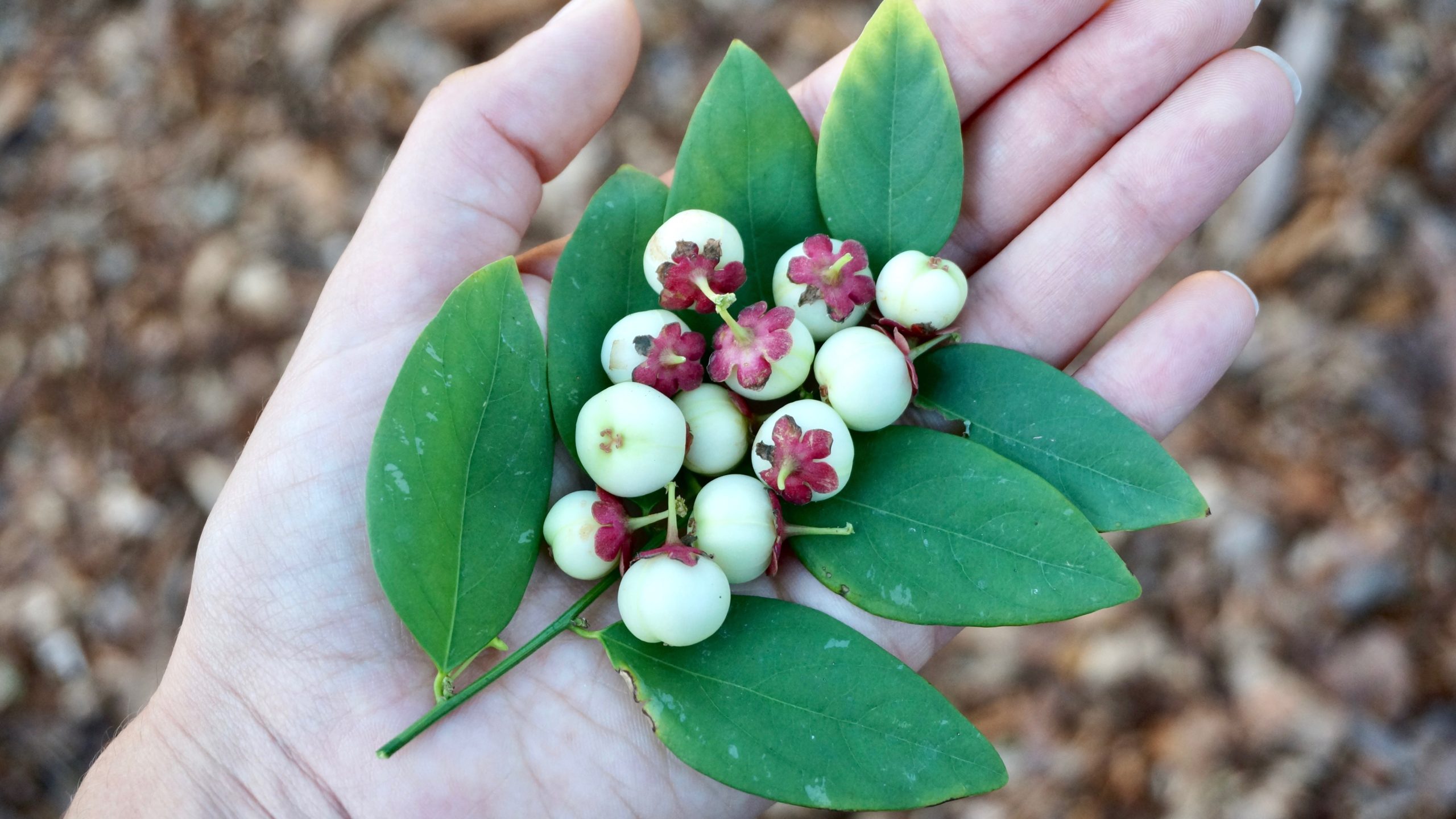
Introducing the Katuk
Katuk is a delicious perennial tropical leafy green. I personally consider it to be my favorite leafy green. Besides “katuk" it is also called “sweet leaf,” “tropical asparagus,” and “sayur manis.” This plant belongs to the family Phyllanthaceae. Species in this family are most often seen growing in tropical climates. Katuk is believed to be native to the island of Borneo. It has been spread to other tropical regions and is now also grown by some gardeners in the U.S. It is a popular vegetable in Borneo and other regions of Southeast Asia where it is often used as an ingredient in restaurant dishes.
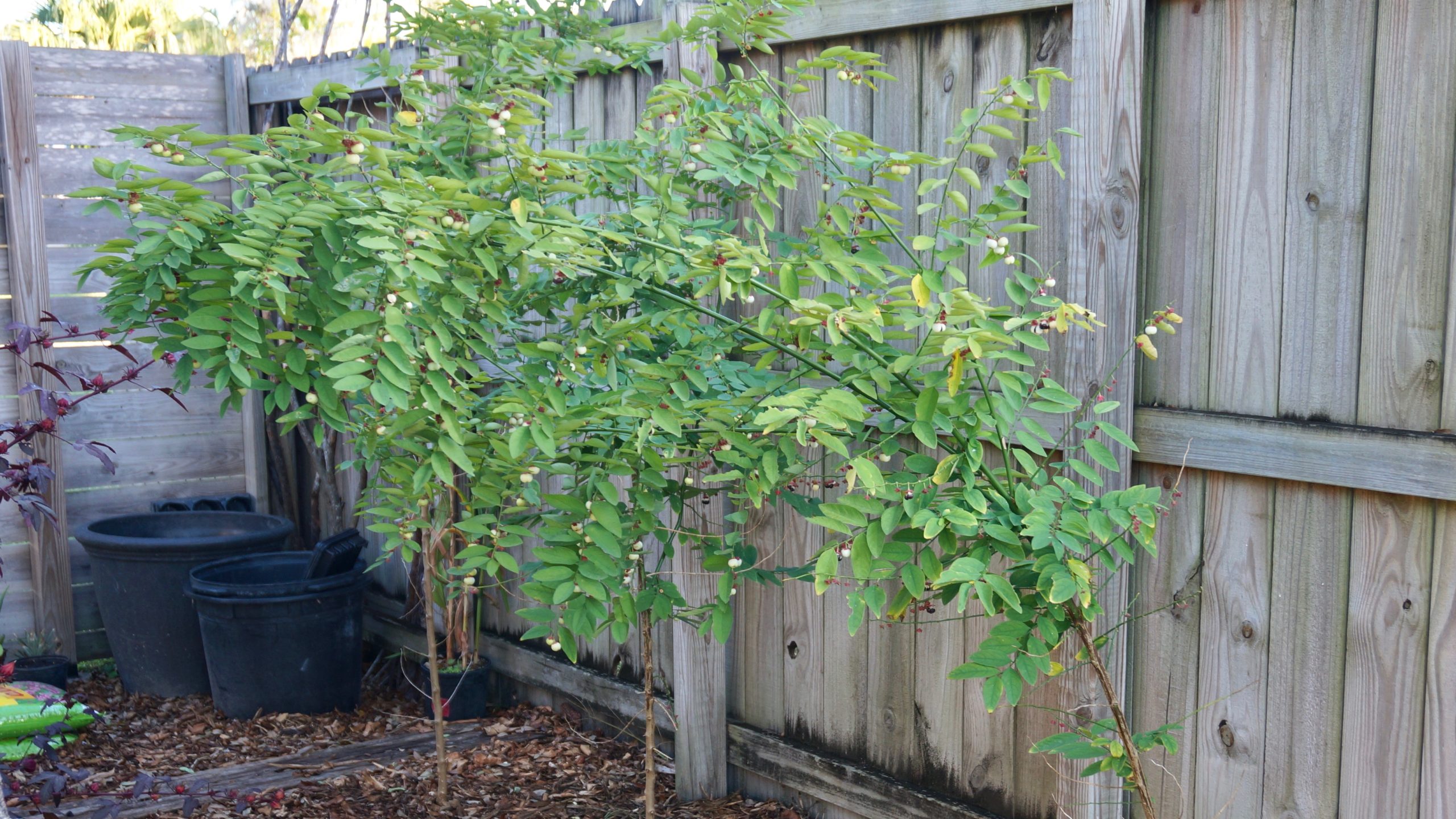
Growth Habit of Plant
The katuk is a perennial bush. It can grow over 6 feet tall. However, it is recommended to keep it pruned to a height of 3 to 6 feet, because when it becomes very tall the plant begins to bend over its own weight. Most of the stems on the bush are green, but the plant will develop a woody central stem over time. This plant is a fast grower and in tropical climates will reach its full grown height in a few months. The leaves are alternating and grow on thin stems that can be easily pinched off of the plant, so multiple leaves can be harvested at once. There are also variations in the leaves. Some plants have fully green leaves while others have variegated leaves with white streaks. The pattern of these streaks also varies with some plants having only a few streaks and others having many.
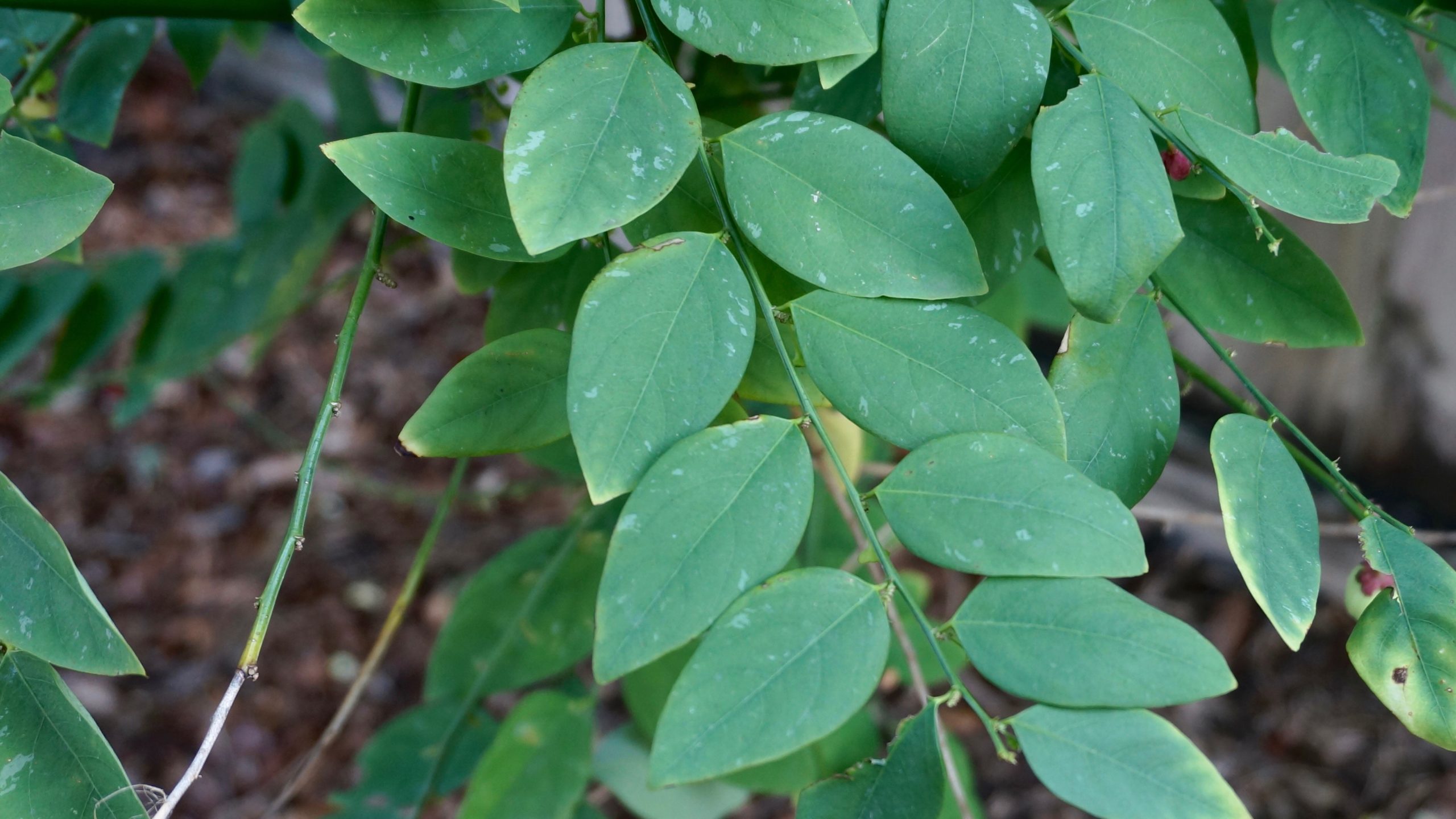
The katuk has a shallow root system. Once it is established new plants will come up from these roots. This can be either a good or a bad thing. The new plants can be transplanted or left to grow to full size. On the other hand, they can become invasive in the garden if the growth is not controlled.
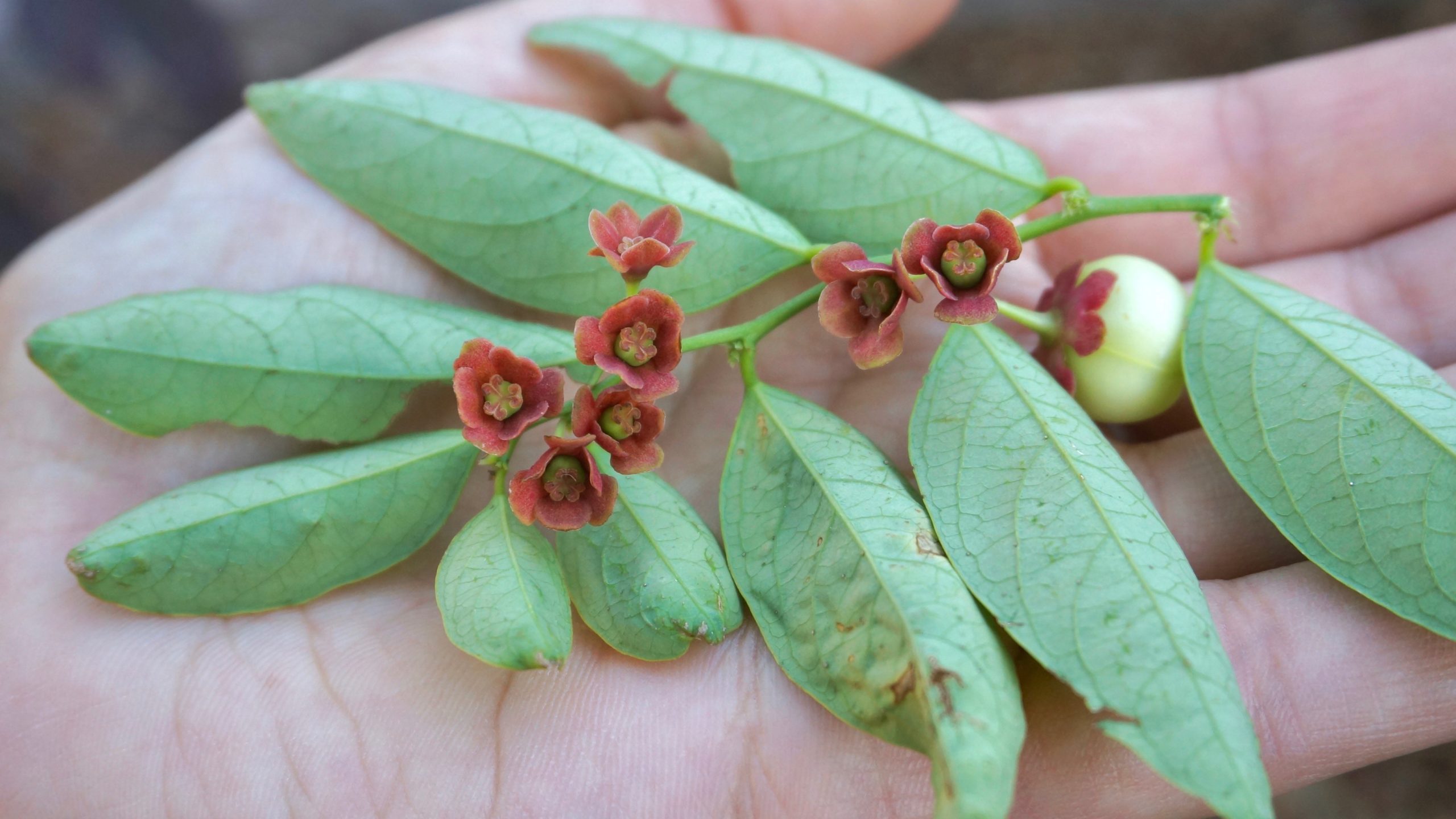
Growth Habit of Flower
The plant flowers during the summer and fall. The small flowers are borne on the leaf axils and hang under the leaves. They may be borne singly or in clusters of two. The flowers first start out as a green disks, and once they are fully mature they are pink and have 6 petals. The bushes seem to be self pollinating, however, this is not certain. I have three plants next to each other and all have developed fruit.
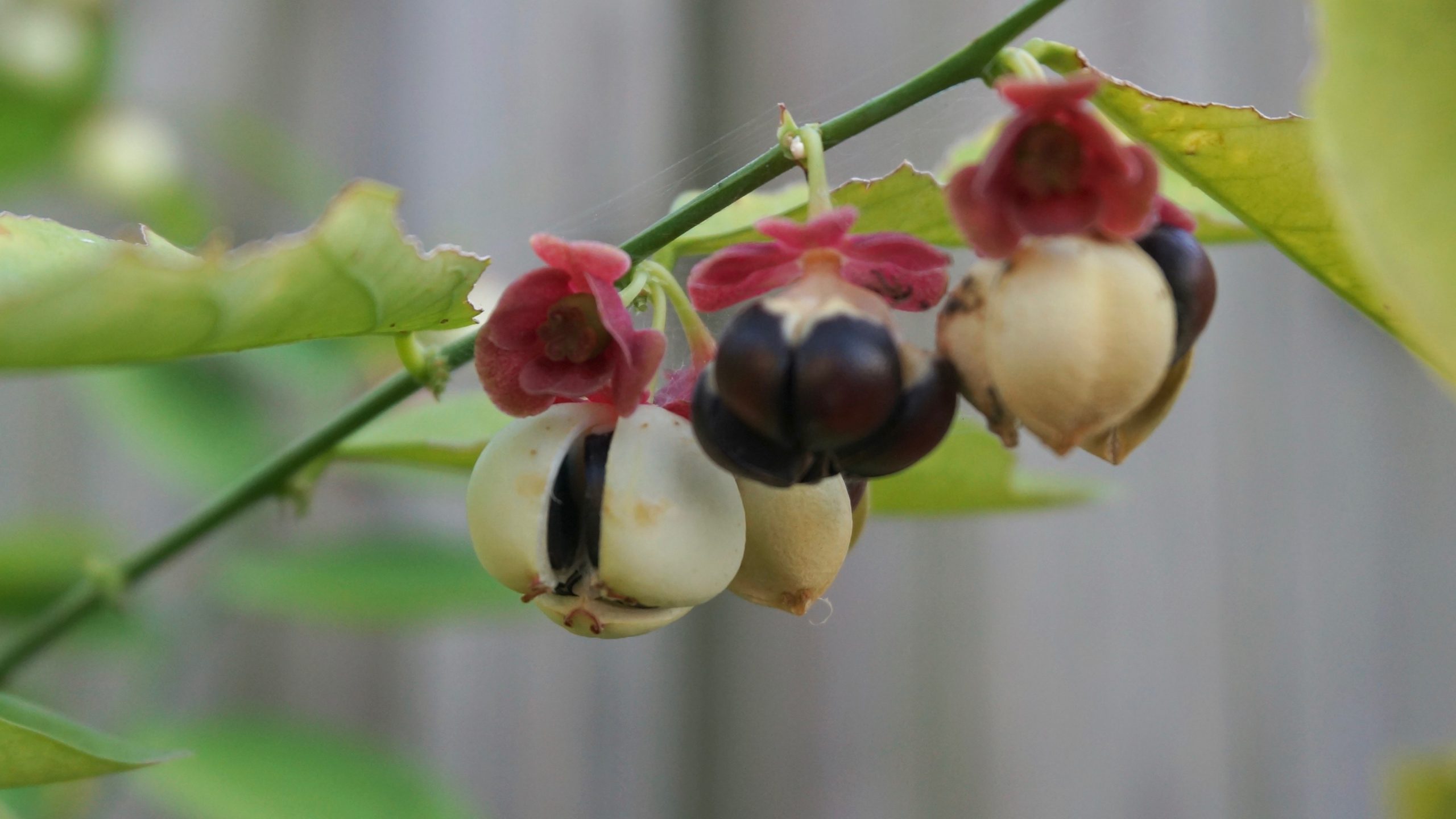
Growth Habit of Fruit
The katuk fruit is about the size of a marble. The color of the fruit can be white, purple, or somewhere in between. My plant produces white fruit. The fruit is a capsule and once it fully mature its cracks open into three segments to reveal the small black seeds. At this stage the seeds easily fall off.
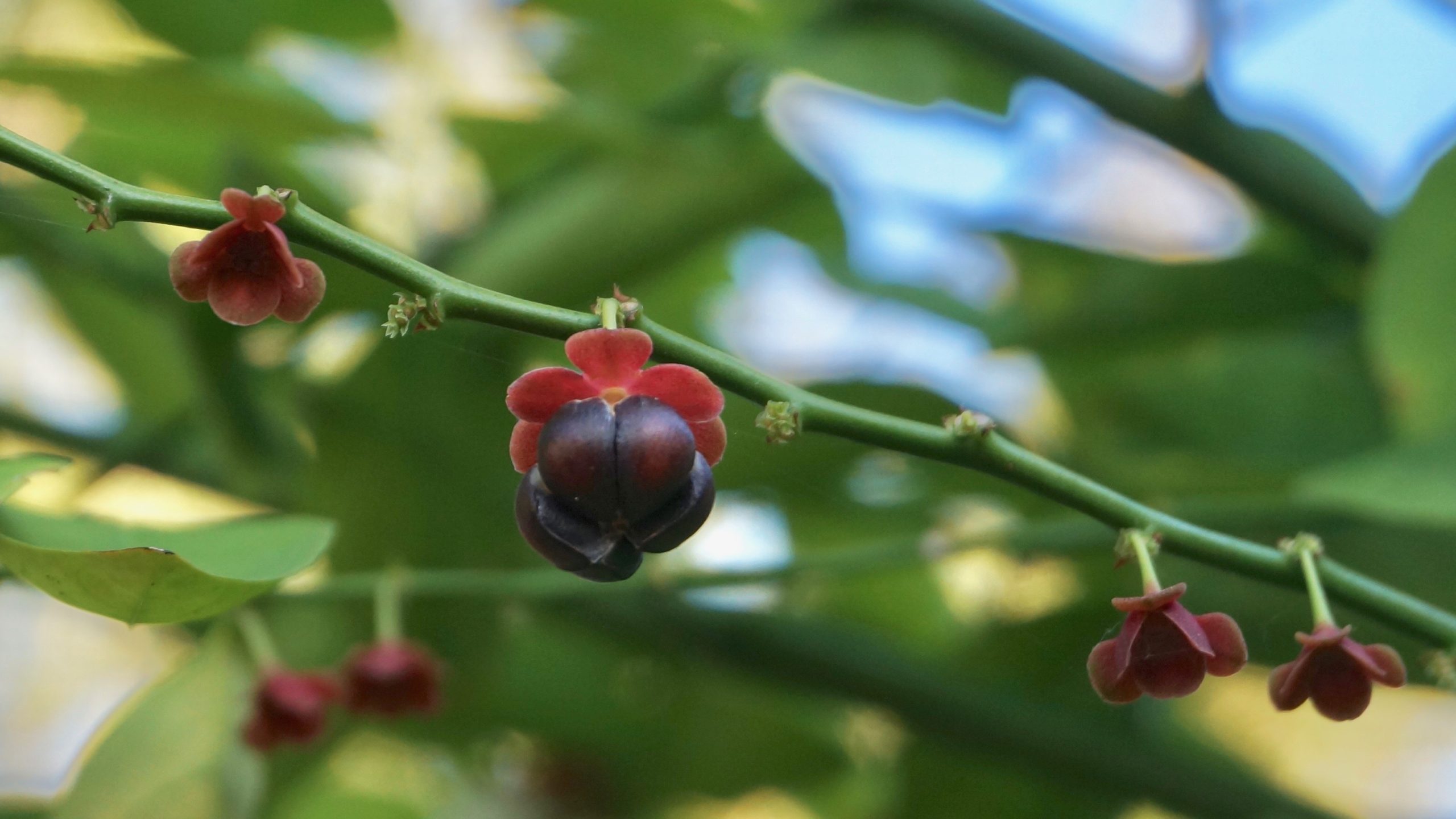
The segments will eventually also fall away and sometimes the four seeds will remain attached to the plant. When the fruit is young and the seeds are still underdeveloped the fruit can be picked and eaten. They are crunchy like a cucumber and have a similar taste to katuk leaves.
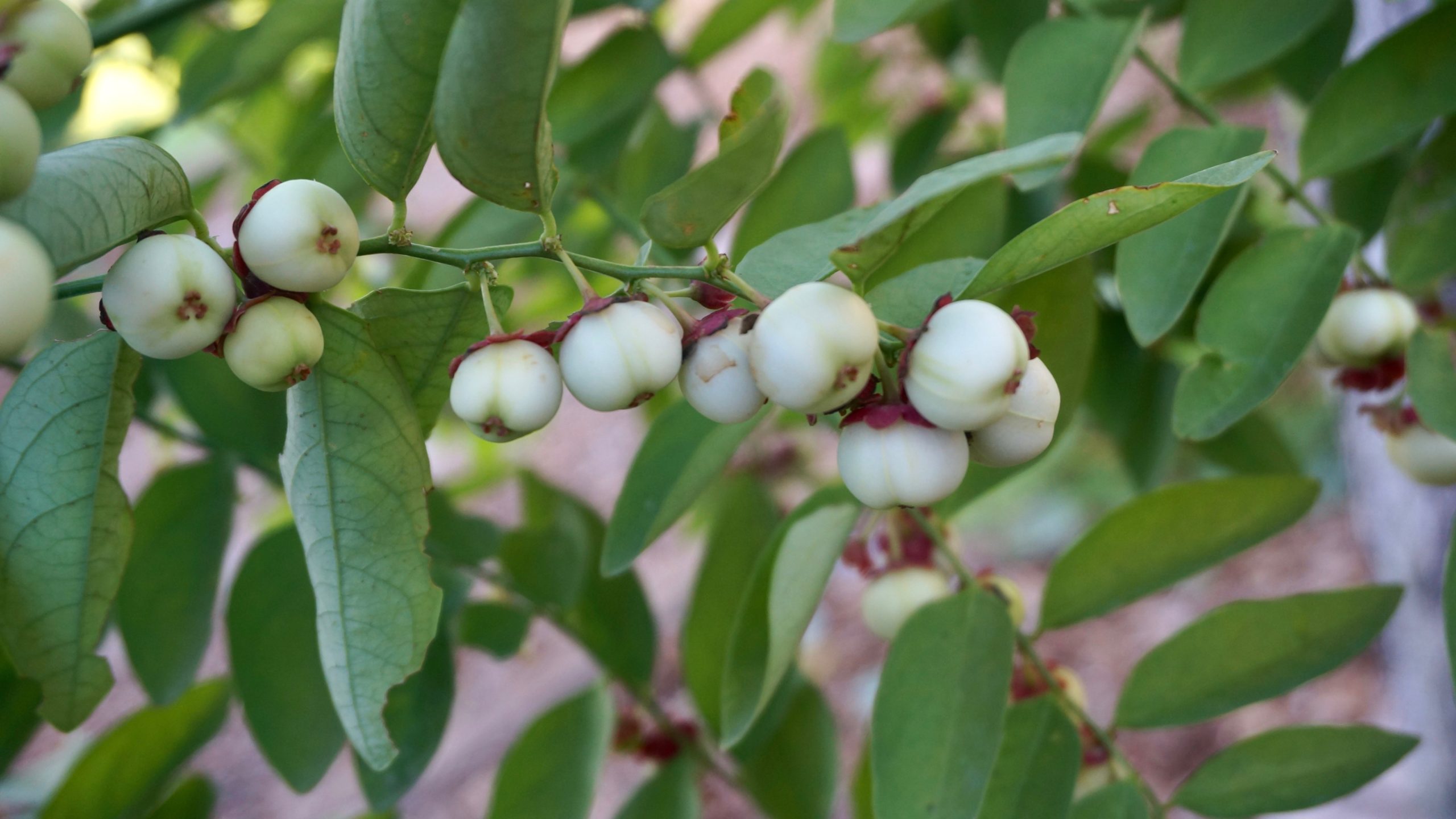
Growing Conditions
The katuk is an understory plant that grows best in shady wet areas. It can tolerate most types of soils and as well as short periods of flooding. Commercial growers in Southeast Asia apply manure generously to encourage shoot growth. Katuk can also be grown in full sun if given plenty of water. The plant is tropical and does not handle cold weather well. It will lose its leaves and possibly die back to the ground during harsher winters. However, It is possible for the plant to regrow from its roots in the spring. I believe katuk can do well growing in a pot if kept small. Supports should not be needed if the plant is pruned back when young. This allows it to grow into a sturdier bush.
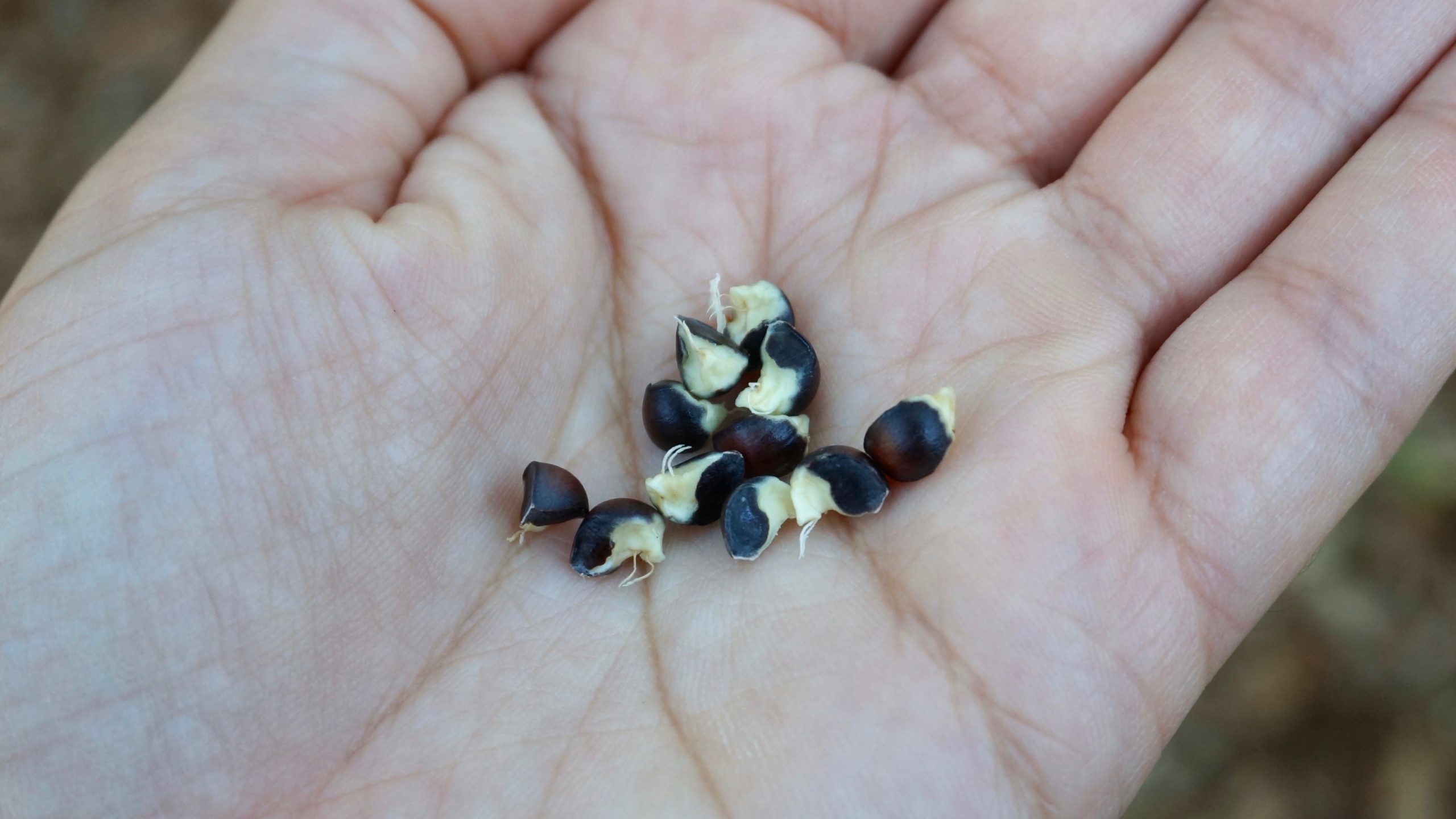
Propagation
Vegetative propagation of the katuk can be done by stem cutting or by translating the young plants that grow from the shallow roots. It can be propagated sexually by its seeds. The only method I have tried is stem cuttings. I have rooted young stems by planting them in very wet soil and keeping them in the shade. Cuttings from older growth can also be used to propagate it. If I were to try transplanting the young plants that grow around the katuk I would wait till the new plant is a about 6-12 inches tall. Then I would dig around it to remove the plant while still keeping some roots attached. After, I would replant it in a desired location. Propagating katuk by seeds can take more time as the seeds are slow to germinate. The seeds can also remain viable in storage once properly dried.
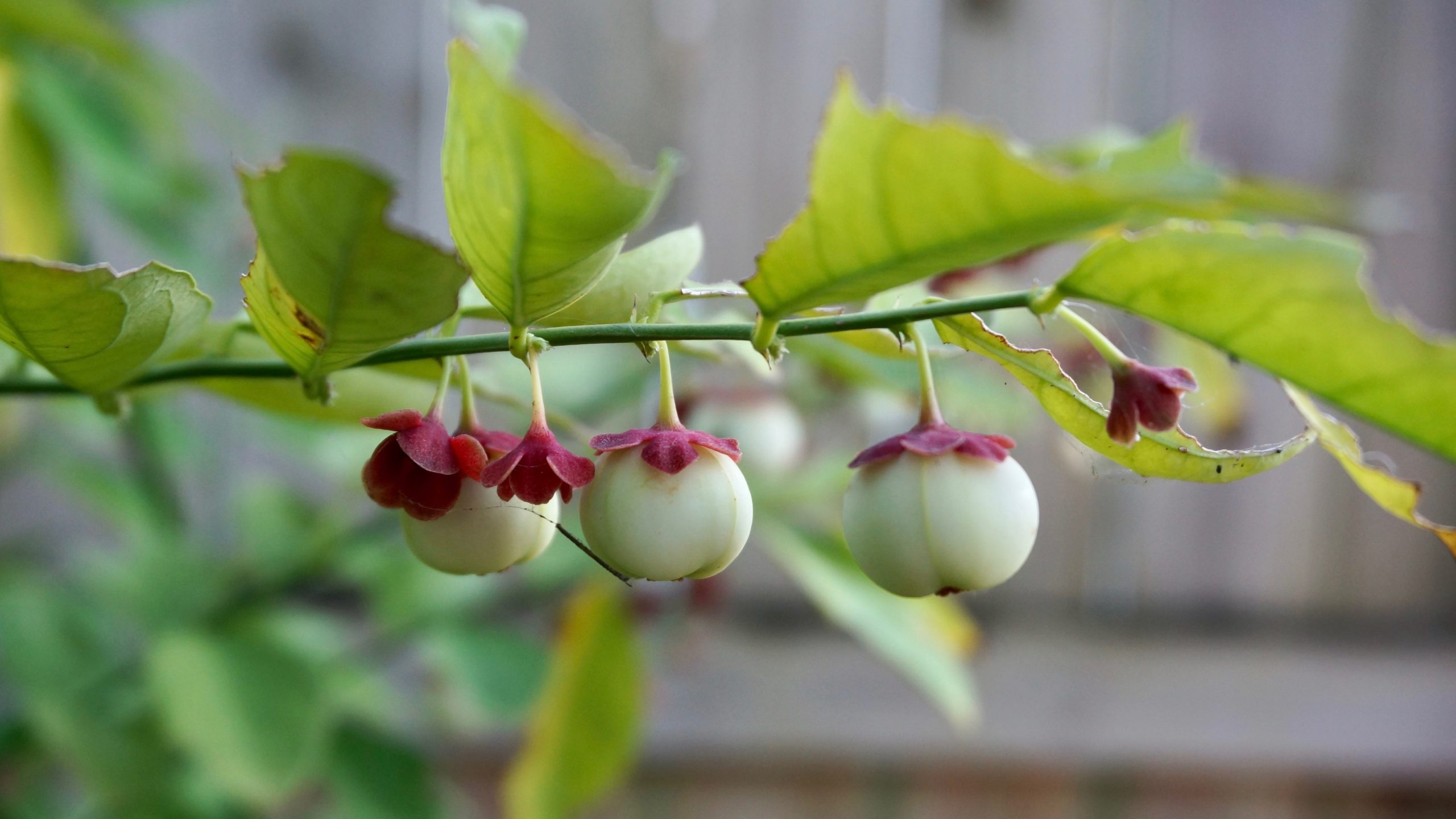
A katuk plant grown from cuttings will produce flowers and fruit in its first year. However, I do not know how long it will take to produce fruit when grown from seed.
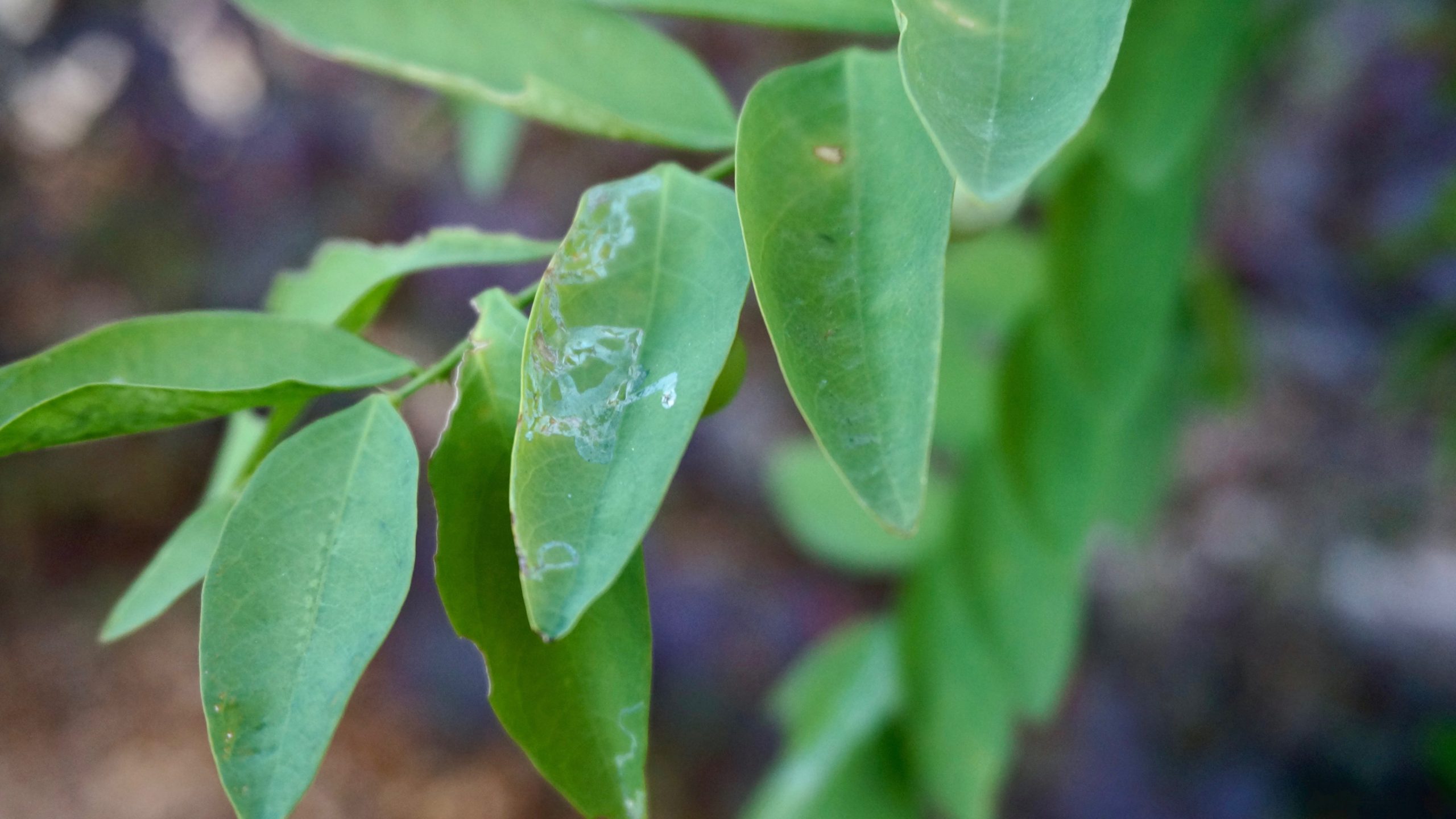
Pests
Overall, the katuk is relatively pest free. Sometimes a few of the leaves are affected by leaf miners or eaten by some other insects. My plants seem to have some fungal damage on the edges of the leaves. However, I think that they are not doing well right now because of the recent colder weather combined with all the energy that is used for fruit production.
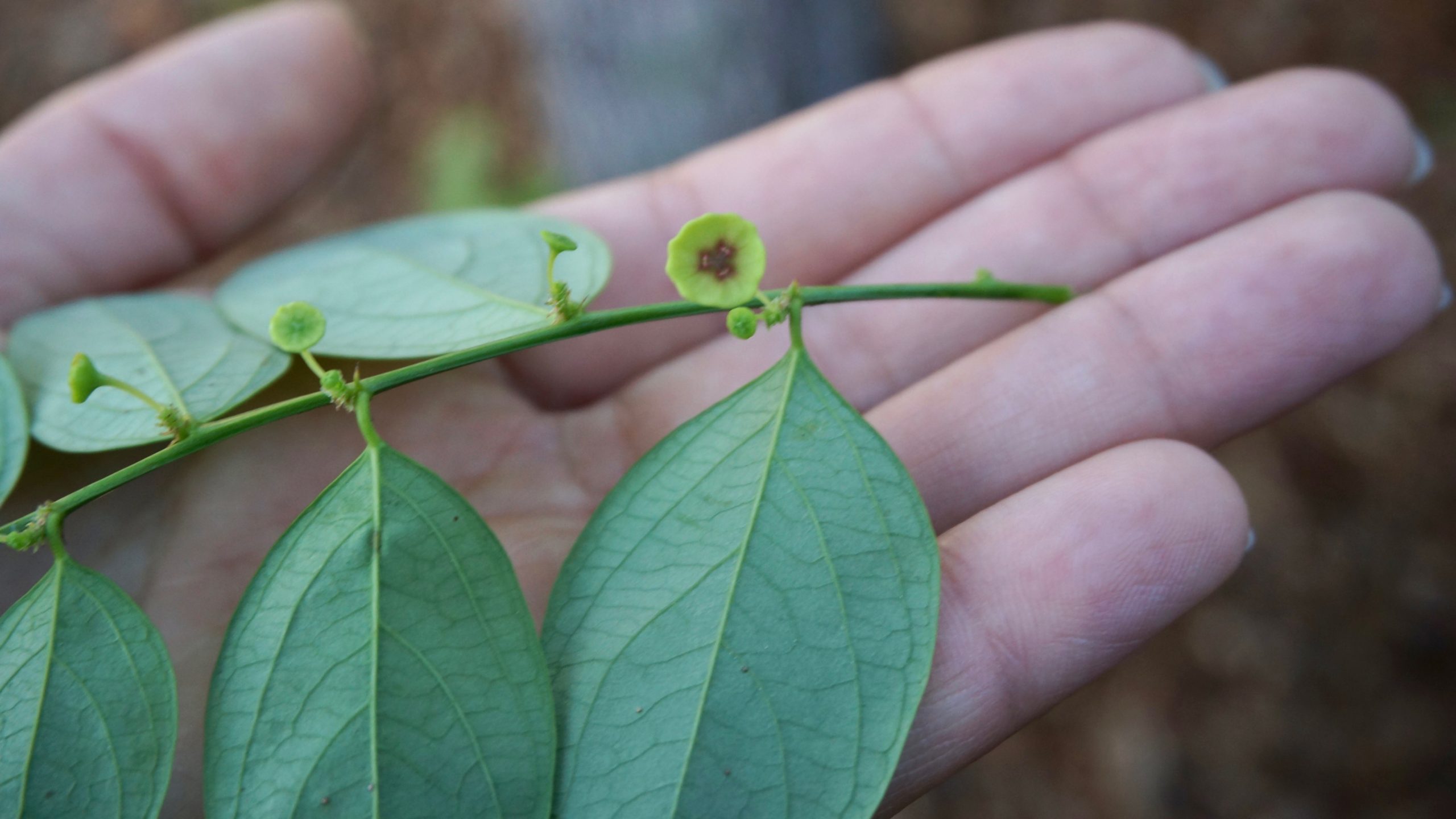
Uses
Katuk leaves have a delicious pea like nutty flavor when eaten raw. I tend to snack on them while in the garden since they are so tasty. They can be eaten with moderation raw in salads or sandwiches. They are also cooked down and eaten as a side dish or added to pasta and soups. The young shoots of katuk can be eaten once cooked and are said to be similar to asparagus. The fruit and flowers can also be eaten raw or cooked.
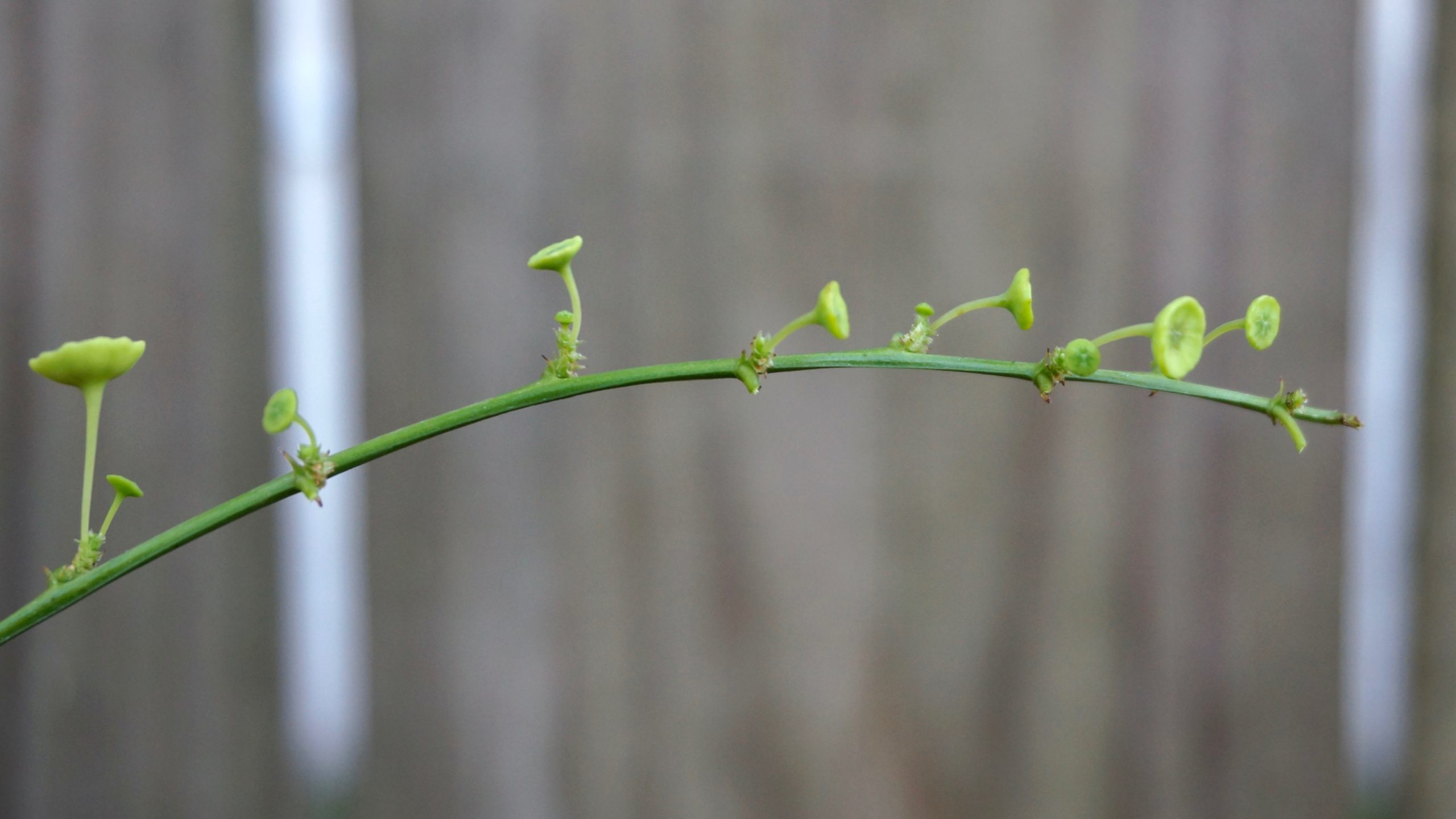
There has been some controversy over the safety of eating katuk. There were some people that were eating katuk extracts along with large amounts of katuk every day to lose weight. They suffered from lung problems. It is believed that this was due to damage to their blood vessels. This is because katuk contains a compound that lowers blood pressure. This link explains the issue more in depth. Katuk has been eaten by the people of Southeast Asia for many years and was never thought to be unsafe. As long as you are not eating katuk by the bucketfuls everyday or eating a katuk extract then you should be okay.
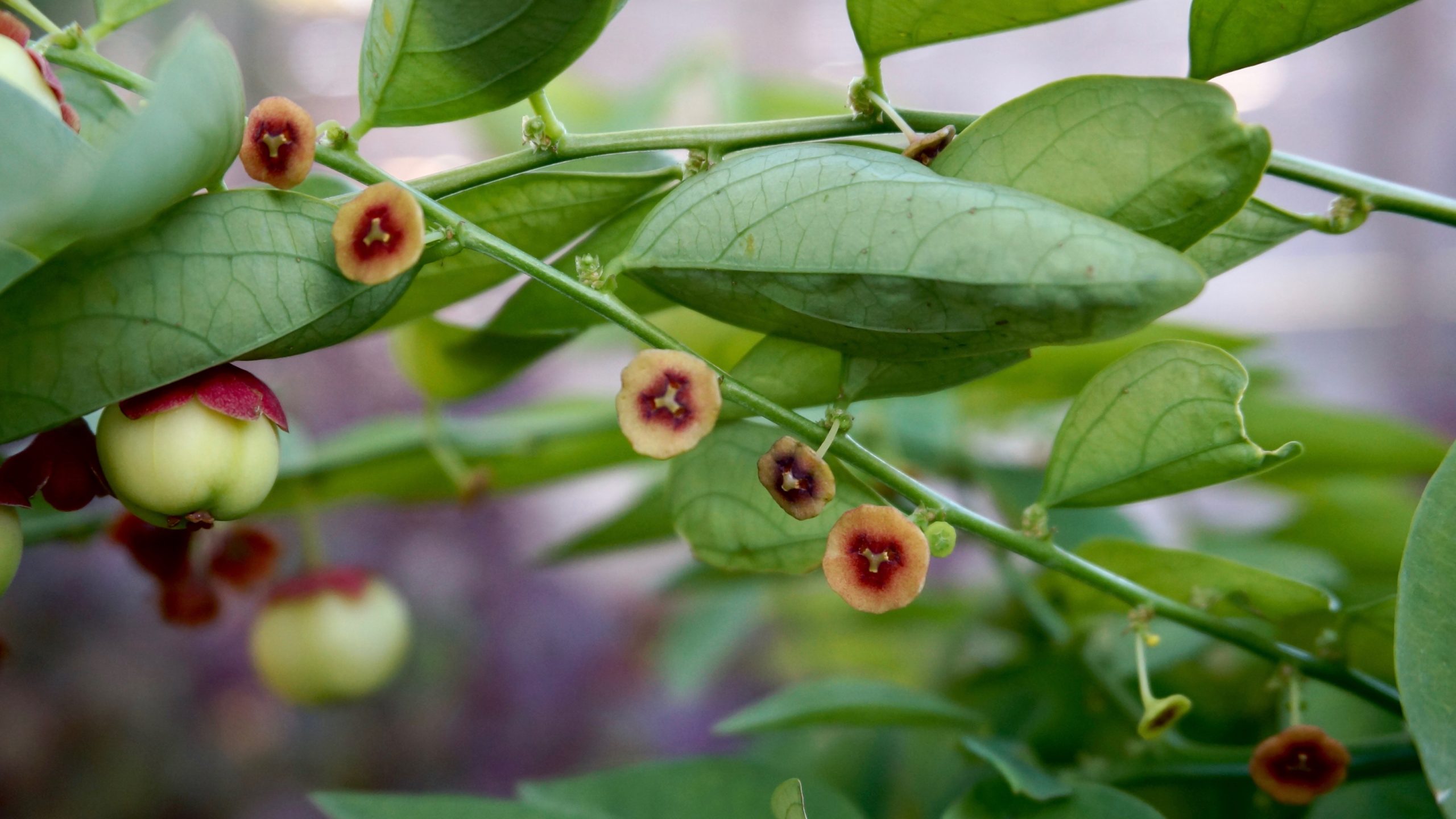
Have you ever tried this tasty leafy green? Are you growing your own katuk? Let me know down in the comments. You can learn more about other tropical plants by clicking this link.
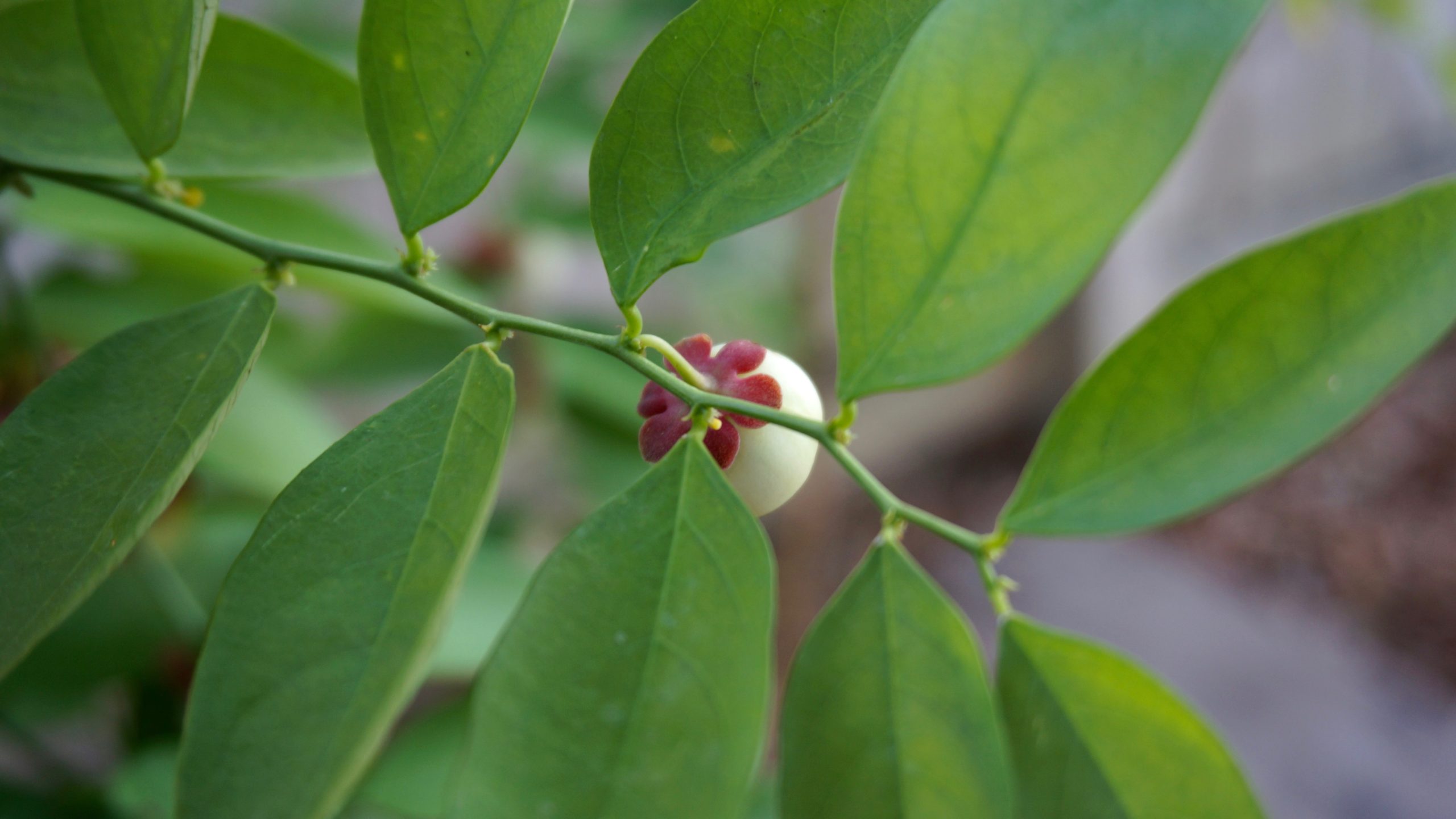
Hallo ik woon in Haarlem in Holland en ik zou graag stekjes willen planten...?
Ik heb geen website...
Hallo ik woon in Haarlem in Holland en ik zou graag stekjes willen planten...?
Hello from Mauritius, can you please help me to know which kind of ground to have best result to grow Katuk?
Thanks.
I live in zone 9b (Sacramento, CA), and just planted cuttings, 6 in a small containers, and 6 stuck in potatoes. I like to see which is more effective. I've been suffering from high blood pressure, and so is my son, so hopefully, this plant will take care of this. Thanks for the info you posted here.
How do I grow katuk in zone 6a?
I just planted a couple of stalks of Katuk. My first time growing it.
Thank you for all your information. I just bought a plant because I live the taste and can feed it to my chickens. I want to get a few more.
Do you sell clumping bamboo that's edible?
Just saw this plant on Facebook, of course I did the Google search and found you. I love in zone 6b, if this is fast growing I am certain it will produce enough growth during our growing season. Do you have cuttings or seedlings for sale. Please advise. Great article. Thanks
I just learned here that you also can eat the fruits. I have several plants in Tampa Florida.
Please do not complain that it grows so well. Cut it back!
We are left here on earth with the insurance that we have enough to eat. That is how all was created.
I planted it in SW FL and it’s become very aggressive with many dozens of shoots. It has become a nuisance plant. I need to remove it, any suggestions?
Thanks for the article. Im eating katuk in my eggs right now. My plants all started from one cutting, now I have 7 growing around my yard. I start puning them at 8 in. That causes them to bush out and you get much more production in young plants this way. I had one I let grow tall single and it never produced as much so I cut it to a foot amd it came back with four shoots all of which have many shoots coming out of them from pruning. This plant loves to be cut. I think its emo lol. Gos bless.
I have a Katuk plant here in north Florida which I purchased in St Augustine. It was in a pot for nearly a year waiting to be planted. Early this spring we planted it and it’s four feet now. I love it and cook it in stir fry, with other greens like collards and kale, soups etc. plus raw in salads. Today I noticed the berries so researched here to be sure they are edible. Thanks for the info. I’m especially excited to learn about propagating and will look for new plants. Windy days have nearly blown my plant over so I’ll take your advice and prune it.
Thank you for the information. I ordered 1O cuttings. Seller said full sun...but I'm not sure about that. Zone 10a...I'll plant them in different spots and see...
Just got fruit. I live in Deep South Florida with limited soil so it’s growing in a raised bed. It started from a seedling and grew slowly for about a year now. Thank you for your information about for it’s a new plant for me. I’ve only eaten one leaf and one fruit. Both were great . The thought of eating a bucket load is frightening. I will not be doing that but I will very cognizant about the amount I will eat.
I will take your advice and keep it at a manageable height. As well, I will try propagation using stem cuttings.
Thanks again.
When do you have the Katuk plant in stock? I would like to buy one
Yes, I have this plant😀
Thanks for the info. I have one plant that has turned into many. It need a companion to produce a proper berry harvest. By itself it will not produce many berries (1 to 10).
Hello! Could katuk leaves be dried and used for tea? Sincerely, Sylvia Bruhn.
Hello. I think that you shouldn't have an issue drying katuk leaves and making tea with them. However, I mentioned some concerns in the post about consuming too much katuk and negative effects it might have under the "Uses" section. So, I would be cautious when consuming katuk leaf tea in large quantities. Do some research and decide for yourself how much katuk you are comfortable consuming.
I took a Permaculture class this summer to learn what grows well here in South Florida (between Fort Lauderdale and Miami.) Katuk is ONE of my favorites, alongside Cranberry Hibiscus and Roselle (Hibiscus sabdariffa) depending whether I want the sweet of Katuk or the tangy of the other two.
My Katuk was planted as a very small thing only a few months ago. Today I found fruit!! Was searching to find whether it is edible. Thanks for posting great info and photos!
Wow thank you for sharing! Keep on growing 🙂
We have two Katuk plants in our backyard. In Houston, they grow well but they haven't produced any fruit yet; I was looking for how to pollinate these flowers and my wife found your blog. Thank you for posting this useful informative article.
Thank you for reading! I am glad you liked it. I am sorry to hear your plants aren't fruiting.
I’ve recently planted 3 Katuk cuttings and 2 are doing really well. Just noticed small flowers on one of them today and googled for info.. I came across your article and it was very informative. The plants are only about 2 feet high at the moment and I look forward to when they are big enough to start eating some.
Thank you for sharing. I am glad you found my post informative. Happy Growing!
Thank you for your article. You have given me the confidence to prune back the katuk that I planted one year ago, It has now grown to six feet tall and is in bloom. It is growing in mostly shade and sandy soil, beachside in Central Florida, zone 9b. It did not die back last winter.
I am glad you found the article helpful. 🙂 Katuk can be pruned back heavily and it comes back just fine. I need to prune mine as the plants are so tall and lanky. They are practically falling over.
You have great pictures! Thanks for helping me identify this one. I just heard from Pete Kanaris that this plant might be easy for me to grow at my home in central Florida. Hooray!
Thank you so much. I am glad the post was helpful. It should do well in central Florida during the summer. As long as it has shade and plenty of water it'll grow like a weed. It might die in the winter so I would recommend taking some cuttings or saving some seeds before winter. However, I have heard that the plant dies back in the winter and comes back in the spring from the roots. But I would still recommend taking some cuttings and rooting them the first time you overwinter the plant just in case. You can also mulch the plant and the roots with a few inches thick of wood chips to prevent the roots from getting too cold.
Well-written and informative article, - thank you. Your plants look very different from mine - seems you've trained them into single trunk tree forms-looks orderly. I'm growing this in two places and it's well over 6' tall and expansive, at least that wide in it's 4th year. It does freeze to the ground some winters, but comes back. However, it's never produced more than a few dozen berries. Are they called berries? Any suggestions? Thank you.
Where are you located? I haven't trained my plants to one truck they just grow that way. I think it might be because they get a lot of shade so they grow up tall to reach the light instead of bushy. I don't know if the katuk fruit would be classified as a berry. I would think that your plants aren't producing fruit because it freezes to the ground. The plants probably don't have enough time to mature to the point that they can fruit.
Very comprehensive article about katuk!
I've grown a form of this plant before, but the one I grew looked much smaller, low-growing plant. I've never seen it look like it wants to get tall like the one in your pic - apparently what I had was a pretty different variety from what you're growing (I think I got mine from ECHO years ago).
Thank you! That is interesting. All of the information I have seen online says the katuk grows very tall and lanky. It would be cool to find out what kind of variety it is. Maybe it was propagated by seed? That could explain any genetic difference to make it a low growing plant.